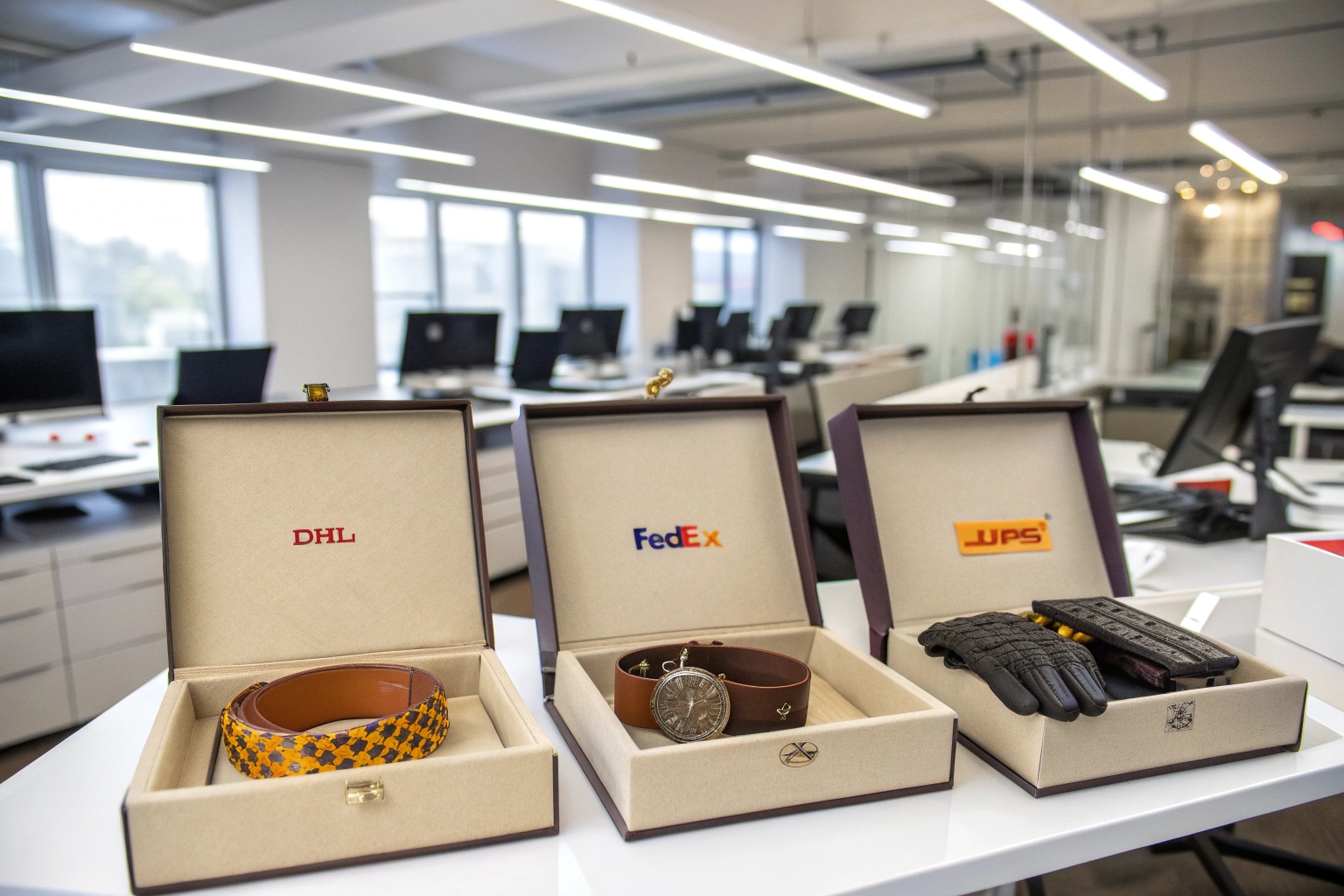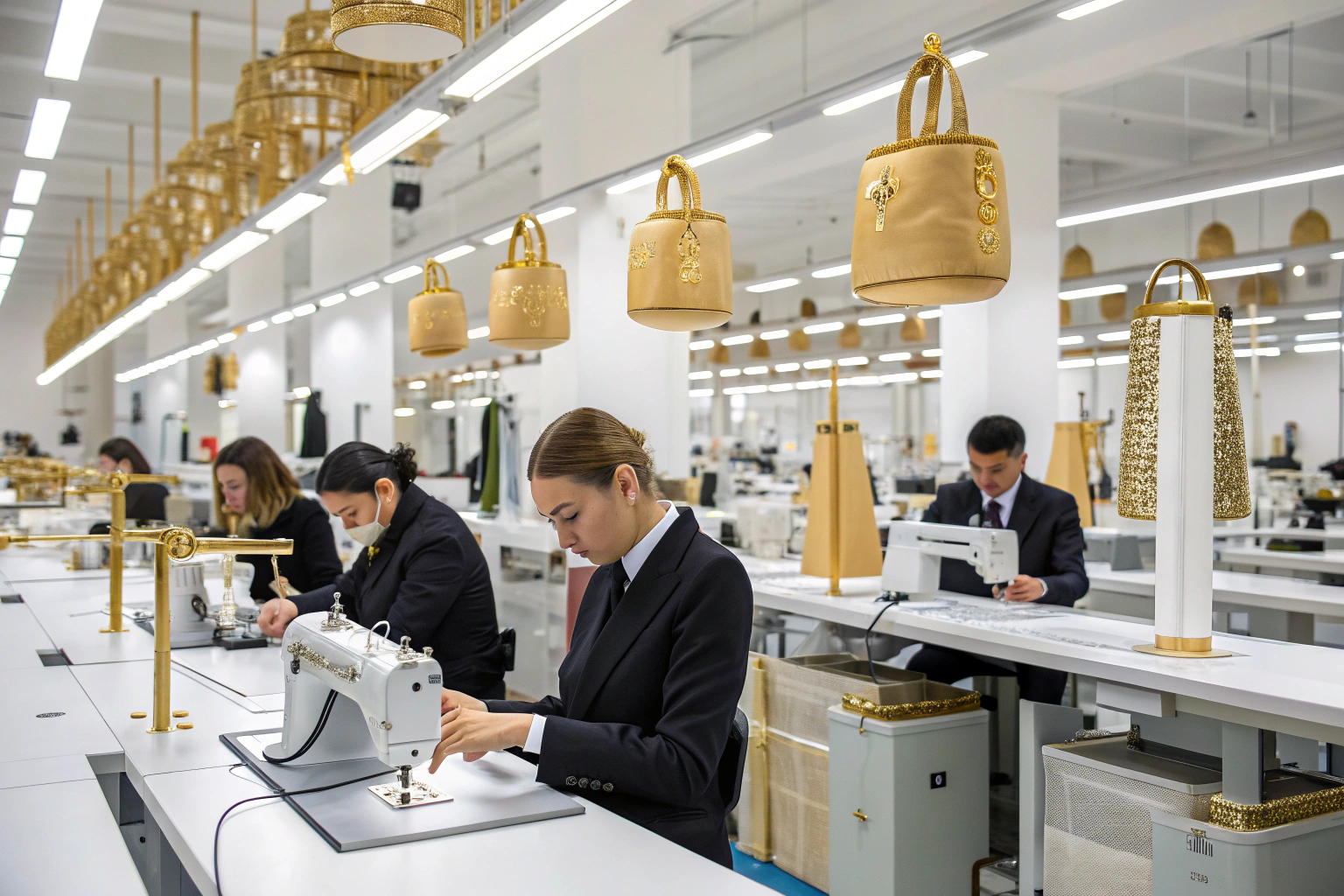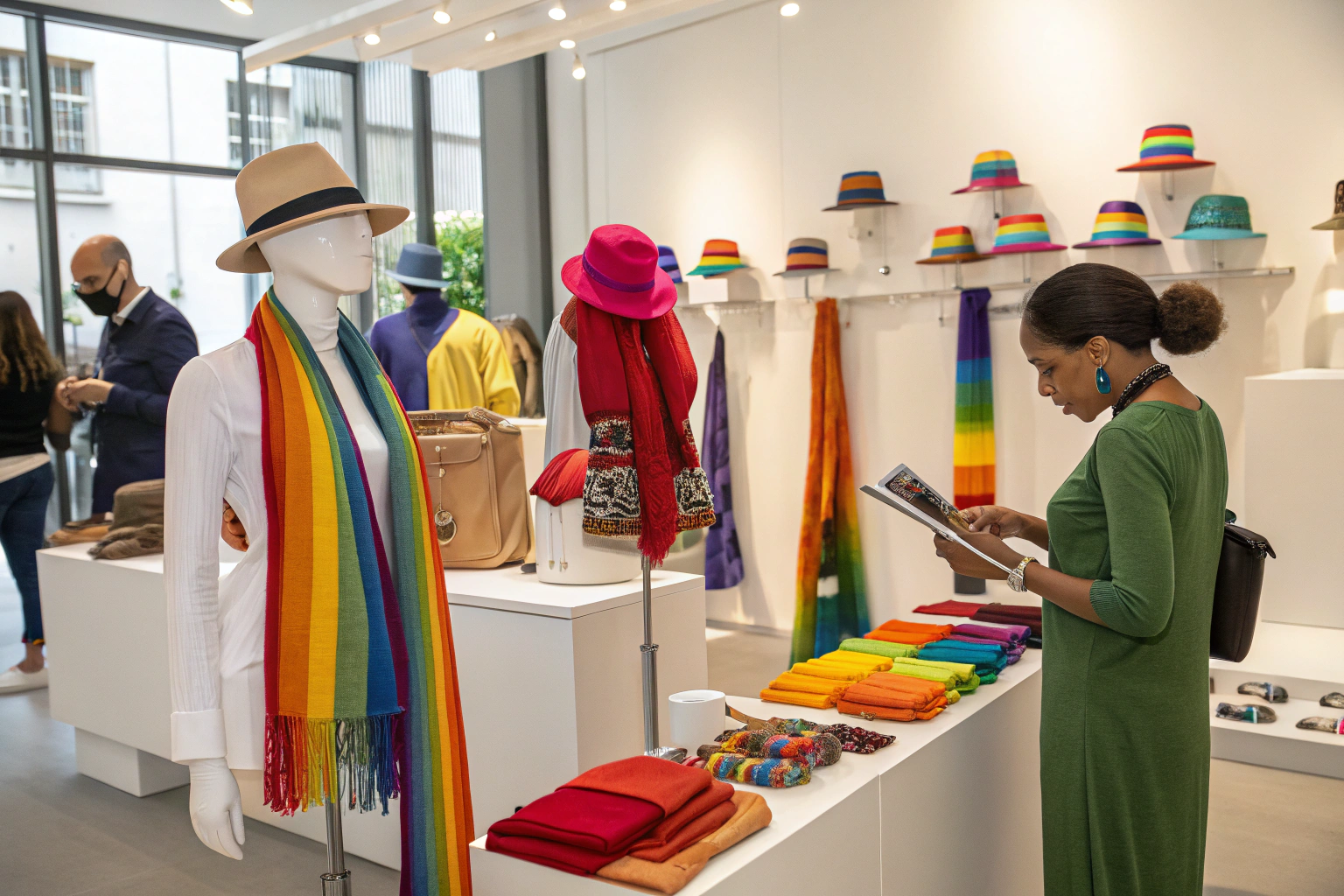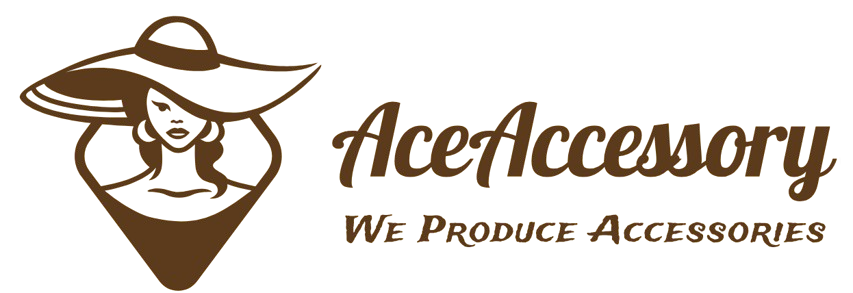When your product line depends on speed to market, sample shipping becomes a critical stage. Whether it’s a new belt design or an exclusive hair accessory prototype, getting samples quickly and safely into the hands of your buyers can make or break the sale.
Using express couriers like DHL, FedEx, and UPS allows for fast, trackable, and reliable delivery of sample accessories from China to Europe, the U.S., and beyond.
As the founder of AceAccessory, I’ve shipped thousands of sample packages over the years. Understanding the advantages, pricing tiers, and handling tips of each service gives our clients the edge in fast product validation.
Which Courier Is Fastest for Shipping Accessory Samples?
Speed is often the #1 concern for sample shipment.
All three couriers offer fast international express services, but transit time depends on zone, customs, and shipment size.
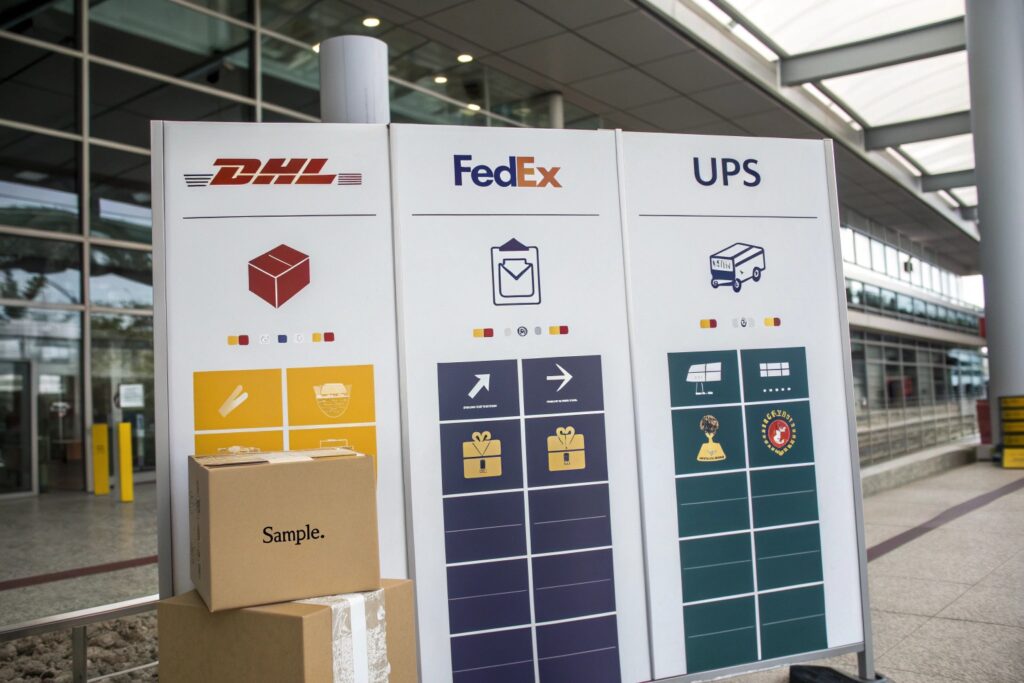
How Fast Can DHL Deliver Accessory Samples?
DHL Express is often the fastest choice to Europe, with door-to-door times between 2–4 business days. Their strong European logistics network ensures swift customs clearance in major hubs like Leipzig and Brussels.
One of our clients in France received a batch of hair band prototypes in just 48 hours from pickup, thanks to DHL’s proactive clearance and accurate invoicing.
DHL also allows direct delivery to remote towns—ideal for boutique buyers or influencers testing new accessory lines.
Is FedEx Better for U.S.-Bound Sample Shipments?
Yes. FedEx International Priority is extremely reliable for U.S. destinations, with most deliveries completed within 2–3 working days. FedEx’s Memphis and Anchorage hubs allow faster processing and rerouting during weather events.
Our FedEx account dashboard provides real-time tracking and allows clients to receive email updates as soon as a package is scanned.
For U.S.-based clients like Ron, who values transparency and speed, FedEx is often our first choice.
What Are the Packaging and Weight Rules?
Improper packaging is the #1 cause of delays and surcharges.
Each courier has its own dimensional weight rules, packaging formats, and restrictions, which should be followed closely to avoid surprise fees.
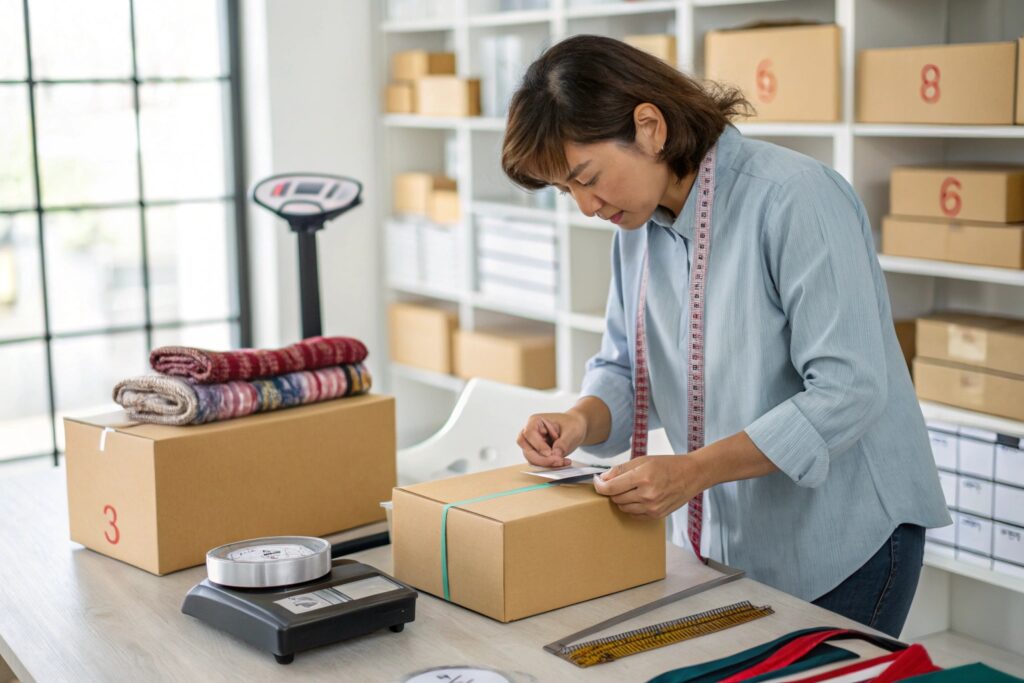
What Are DHL’s Packaging and Volume Rules?
DHL allows a wide range of accessory sample types but charges based on volumetric weight (Length x Width x Height / 5000). For example, a box measuring 40x30x20 cm and weighing only 2 kg will be billed as 4.8 kg.
We advise using their free DHL Express flyer bags for small items like scrunchies or fabric swatches. Learn more at DHL Packaging Guidelines.
We also avoid bubble wrap where possible and use tissue wrapping + custom inserts to keep the package slim and protective.
Does FedEx Offer Flat Packaging or Envelope Options?
Yes, FedEx provides International Priority Envelopes that are ideal for paper cards, technical sheets, and small flexible samples. These can often ship under 0.5 kg for flat-rate pricing.
We regularly use FedEx Pak envelopes for sending quotation documents with matching product photos, hangtags, and printed packaging samples.
UPS also offers Express Pak and Tube formats, which are great for scarves and foldable hats.
How Do You Optimize Shipping Cost for Sample Packages?
Sample shipping doesn’t have to be expensive—but it does require optimization.
By negotiating accounts, combining shipments, and pre-quoting volume weight, you can keep costs manageable without sacrificing speed.
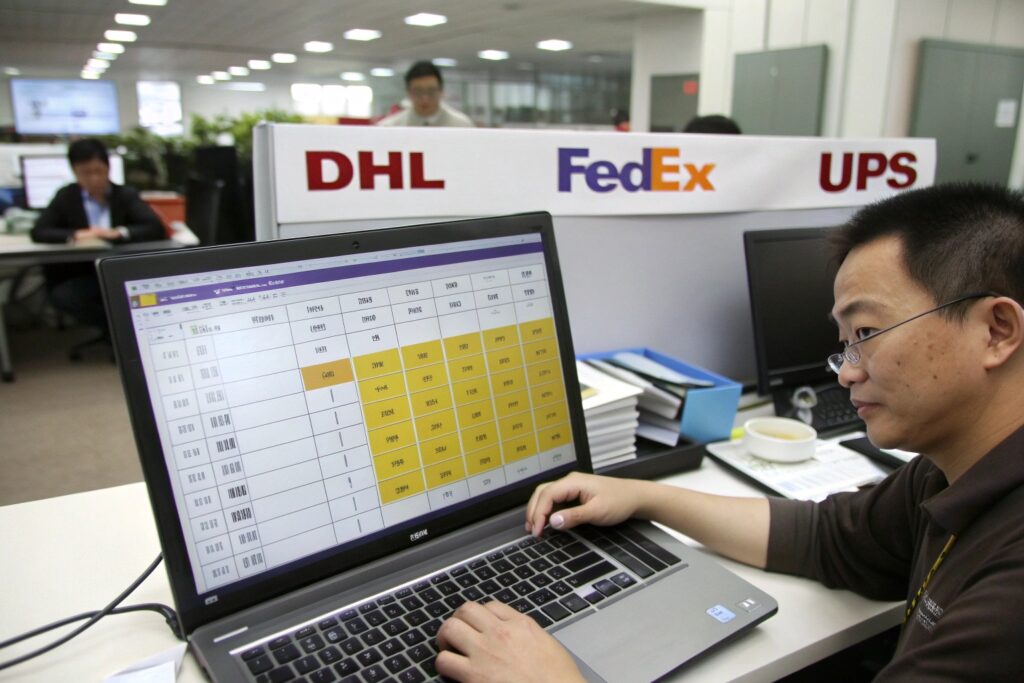
Should You Use Your Supplier’s Courier Account?
Yes, it’s highly recommended. At AceAccessory, we maintain bulk-discount contracts with all three express services. Our DHL and UPS rates are 35–55% lower than public rates.
Clients benefit from lower fees, and in return, we handle all customs paperwork and declare samples clearly as “No Commercial Value” where applicable.
Many clients have compared our rate with Easyship or Parcel Monkey and found our in-house deals are faster and cheaper.
Can You Combine Multiple Sample SKUs in One Courier Box?
Absolutely. We often help clients combine belt samples, packaging cards, and a few bonus promotional items into one shipment. Courier services allow up to 30 kg per box for sample purposes, but pricing efficiency peaks at 5–10 kg.
We also use split invoices and internal labels to help clients keep samples separated by SKU inside a single package, ideal for showroom or photography use.
What Should You Know About Duties and Documentation?
Paperwork errors can turn a fast shipment into a stuck one.
Correct declarations, sample labels, and HS codes are critical to ensure fast customs clearance without duty errors or shipment holds.
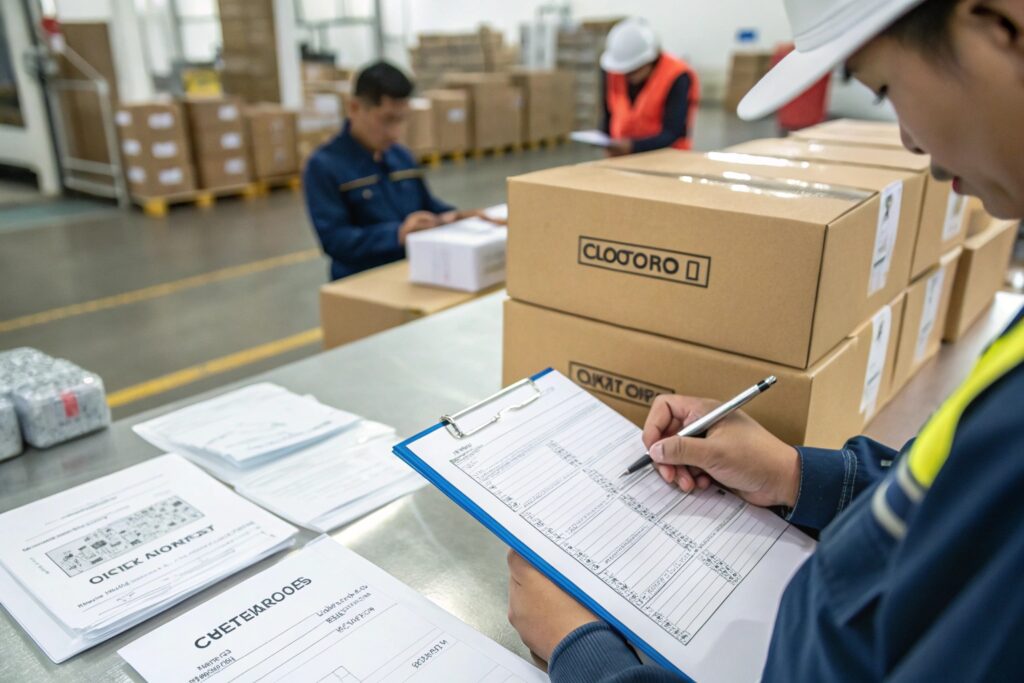
How Should You Declare Samples?
For accessories, we use terms like “Sample of no commercial value”, or “Custom prototype for evaluation”, along with low declared values (typically under $15/item). This speeds up clearance in both the U.S. and EU.
Couriers recommend using pro forma invoice templates that include full descriptions and material composition. For instance, a hair clip sample should say “Plastic hair clip, for quality evaluation only.”
We keep all HS codes on file and submit them digitally for faster entry processing.
Do Courier Services Help with Customs?
Yes. All three major couriers offer customs brokerage for DDU or DDP shipments. With our FedEx and UPS accounts, we can pre-pay duties and taxes on behalf of the client to prevent delays on arrival.
Clients importing to countries like Canada or the UK often request this option. You can also cross-check import tax estimates using tools like SimplyDuty before the shipment.
Conclusion
Whether you're launching a new headband collection or presenting prototypes for a retail chain, fast and secure sample delivery is crucial. DHL, FedEx, and UPS all offer reliable options, and choosing the right one comes down to destination, package size, speed, and cost optimization.
At AceAccessory, we handle sample logistics daily—offering discounted rates, custom packaging, and professional documentation that gets your product in front of the buyer fast. Let's build smarter accessory sourcing, one shipment at a time.

